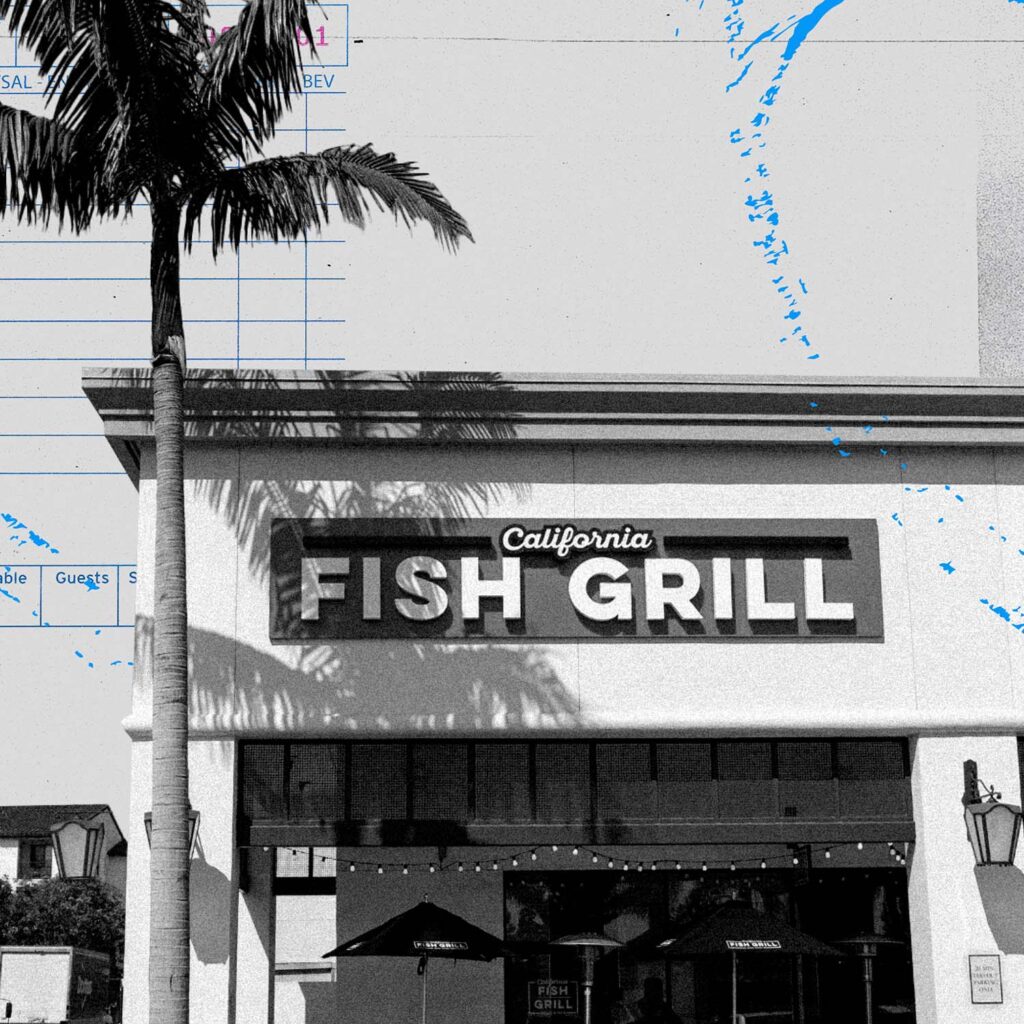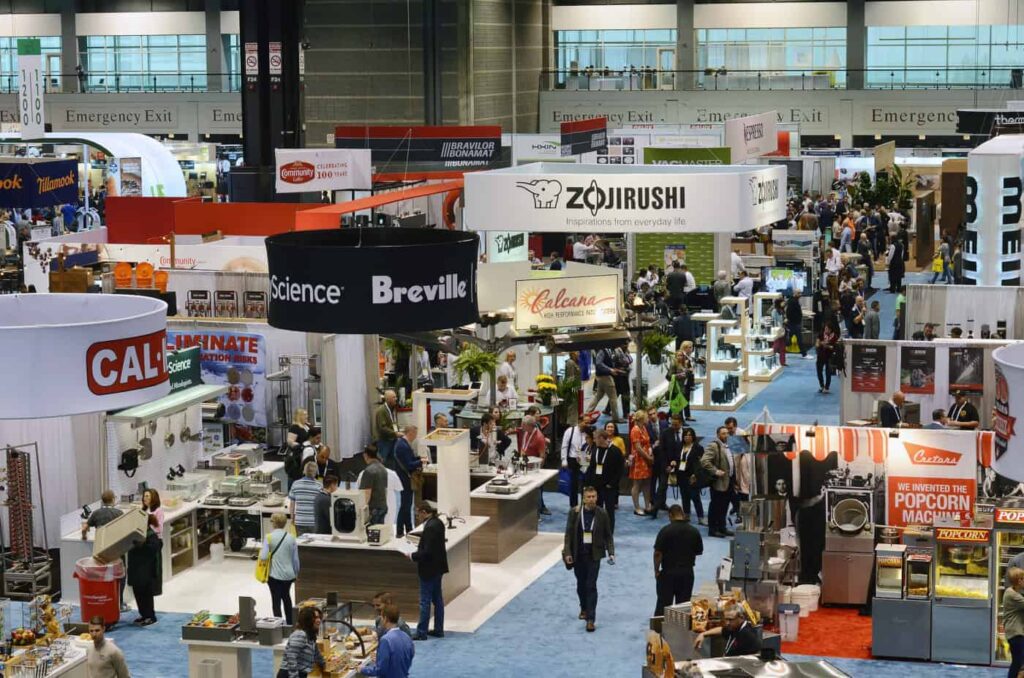If you’ve kept up to date with daily, weekly, monthly and quarterly accounting tasks, then year-end accounting for your restaurant business is going to be a much smoother and streamlined process. Monthly bank reconciliation and financial report review, as well as quarterly reconciliation of balance sheet accounts are essential to beginning your year-end accounting.
Use this checklist as a reminder to ensure you don’t miss any steps along the way in closing your restaurant group’s books.
For more great tips check out other blogs:
Review each financial statement account to make sure amounts are correct and reflects all your transactions for the year.
- Review each line item on your income statement and balance sheet.
- Record all business expenses.
- Pay all open bills from vendors.
- Pay contractors for completed jobs.
- Reconcile bank and/or credit card statements to your accounting records.
- Reconcile loans, lines of credit, payroll liabilities and asset accounts.
Update Fixed Assets
- Make sure fixed assets are up to date.
- Run depreciation.
Take Care of Your 1099s
- Request completed W-9 forms from your vendors (for example, in-house delivery drivers not on your payroll).
Prepare Year-End Payroll
- Make sure your payroll taxes match your quarterly payroll returns.
- Verify that all employee contact information is correct for W-2’s.
Account for Inventory in Your Books
- Count inventory on the date you close your books.
- Include packaging and paper products in your inventory counts.
- Double check the inventory on your balance sheet.
Review Your Accounts Payable and Accounts Receivable
- Go through your supplier accounts to check that you’ve issued, logged, and stored invoice copies.
- Check to see if anything looks incorrect in your accounts payable.
- Ensure that your accounts receivable are correct (including payments from delivery apps).
- Pay any late bills before your year end.
Run and Verify Reporting
- Run and verify your profit and loss (P&L) report or income statement.
- Run and verify your balance sheet.
- Run your statement of cashflows.
Create a Tax Plan
- Conduct a year-end tax review with your CPA to get an estimate of your tax liability.
- Implement your CPA’s year-end recommendations to realize tax advantages.
Close Your Books
- Close your year-end books.
Conclusion
According to SmallBizGenius, an overwhelming 95% of restaurant owners say the use of technology improves the overall efficiency of their establishments. This is certainly true in many aspects of the restaurant industry – especially when it comes to streamlining time consuming tasks in accounting, operations, and workforce.
If you would like for your team to spend less time performing administrative tasks, consider an all-in-one restaurant management system. Restaurant365 incorporates labor reporting, restaurant accounting, restaurant operations, inventory management, payroll + HR, and scheduling into a cloud-based platform that’s fully integrated with your POS system, as well as to your food and beverage vendors, and bank.

 Review each financial statement account to make sure amounts are correct and reflects all your transactions for the year.
Review each financial statement account to make sure amounts are correct and reflects all your transactions for the year. 

